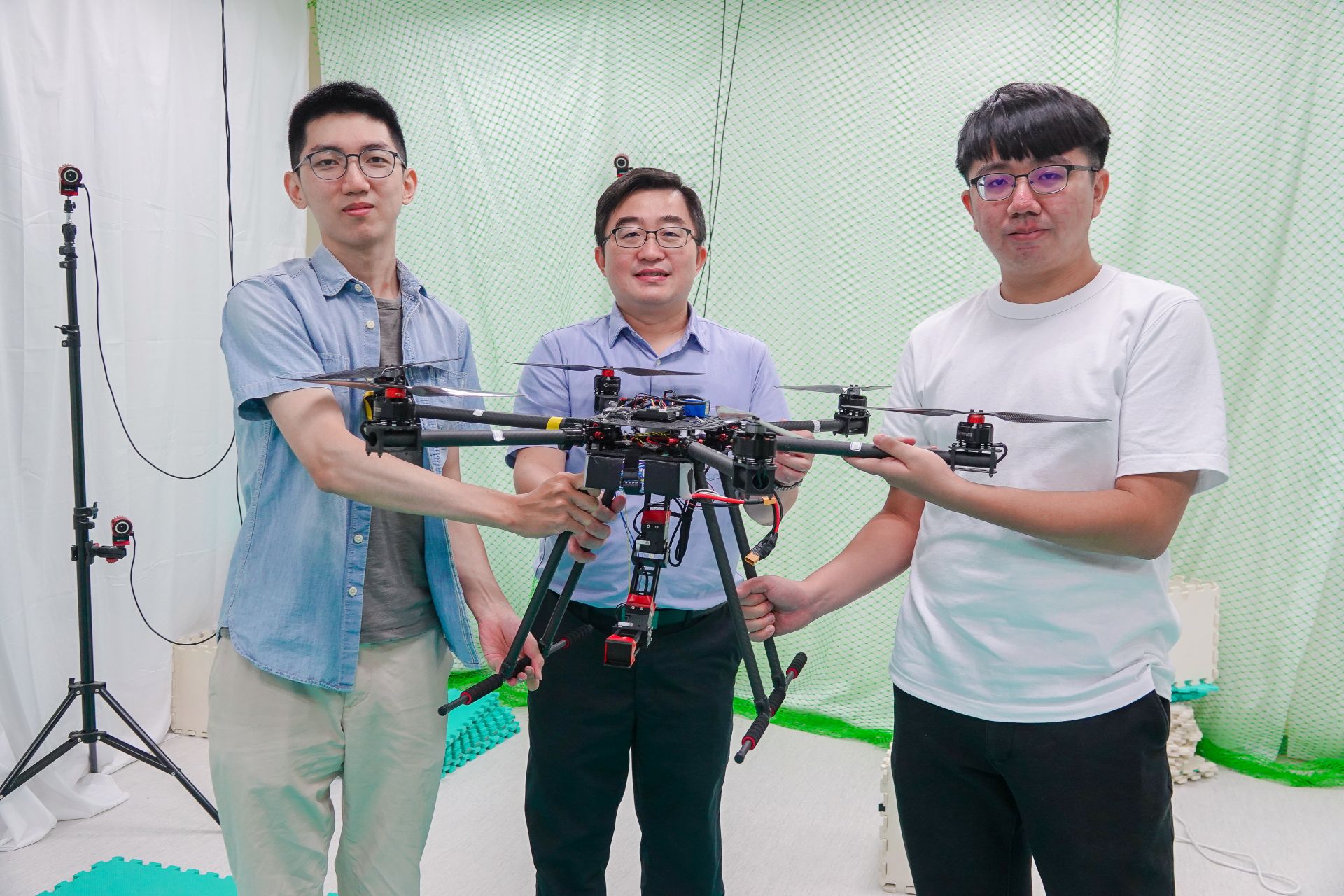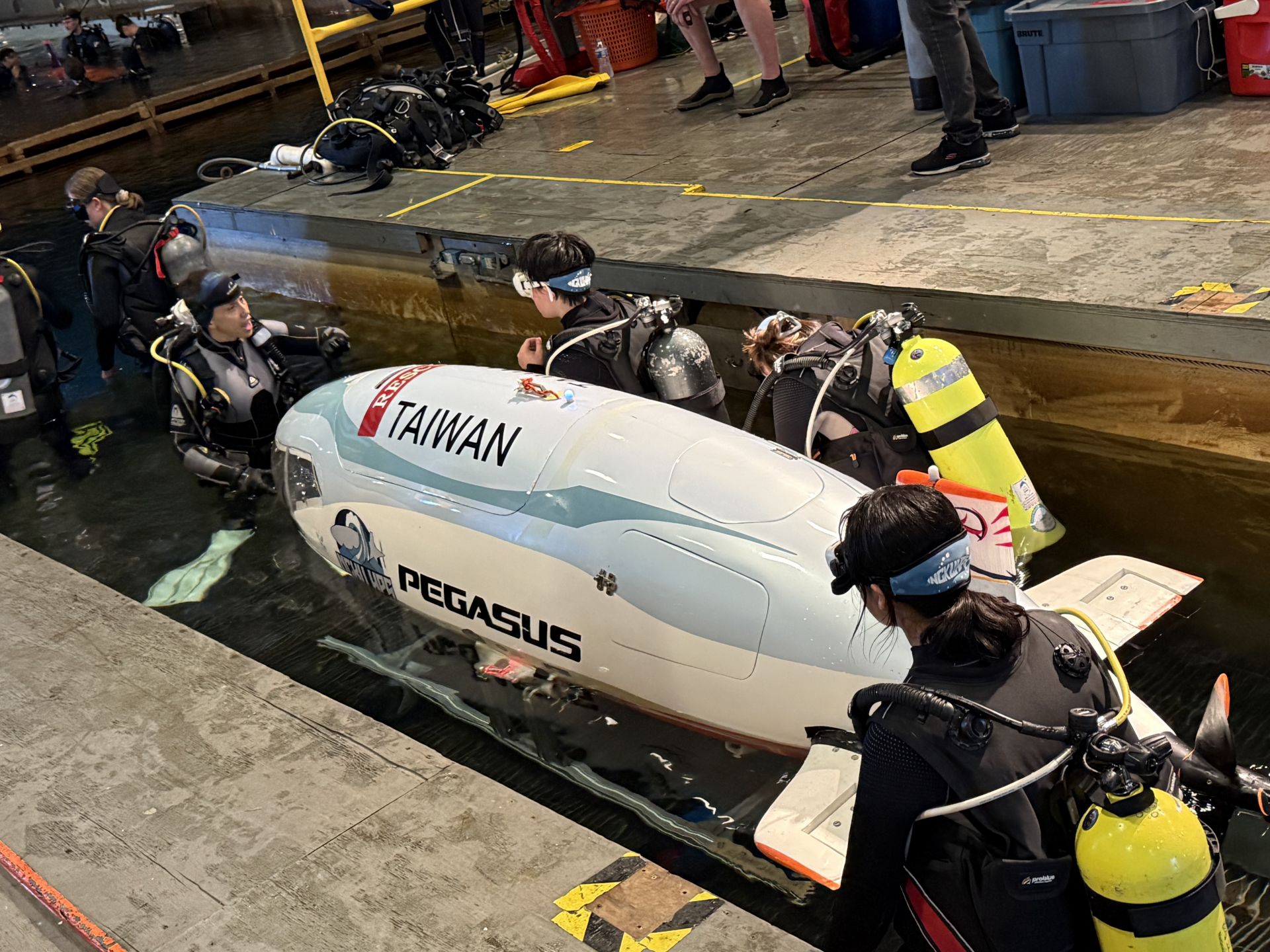SDG9
Congratulations on Graduation: NCKU’s "IRIS-A" CubeSat Mission Completed, Reentered South Pacific Ocean
As the phoenix flowers bloom during graduation season, National Cheng Kung University's (NCKU) IRIS-A CubeSat also “graduated” on June 7, 2025. The IRIS-A CubeSat, independently developed and operated by NCKU, was launched on January 13, 2022, aboard a SpaceX rocket. After orbiting the Earth over 300,000 times in more than three years and four months, the mission was completed around 8 a.m. on June 7, 2025, when the satellite reentered and fell into the South Pacific Ocean.
The NCKU team has also launched the development of the Lilium CubeSat project to further advance key technologies. Currently, Lilium-1 has been successfully launched and is operating smoothly in orbit. NCKU plans to launch two additional 10x20x30 cm CubeSats, Lilium-2 and Lilium-3, by the end of this year to validate the space propulsion and deployment mechanisms developed by the team. The university continues to push the frontier of advanced space technology and strategically develop its presence in the space industry.
IRIS stands for Intelligent Remote sensing and Internet Satellite, nicknamed "Iris" (鳶尾花) in Chinese. It is a CubeSat developed for missions involving artificial intelligence-based remote sensing and space Internet of Things (IoT). Measuring 10 x 10 x 20 cm, the satellite has operated in a 500-kilometer low Earth orbit environment for over three years, maintaining excellent health status. This demonstrates the team's craftsmanship and commitment to rigor in satellite manufacturing, testing, and operation, as well as the maturity of the satellite system technology.
IRIS-A helped verify the functionality and performance of the National Space Organization’s onboard navigation receiver, indirectly paving the way for its application on the Hunter satellite. Equipped with a simple camera, IRIS-A activated its imaging function on January 24, 2022, capturing multiple space images to support comprehensive satellite operations. The IoT payload on IRIS-A primarily consists of a spread-spectrum long-range communication receiver, a navigation receiver, and a miniature atomic clock. Together with ground terminal equipment, it enables IoT communications to perform store-and-forward missions. Members involved in the development of the IRIS-A CubeSat have continued their efforts in the low Earth orbit satellite industry by establishing startups focused on related technologies.
The IRIS-A CubeSat’s digital codes are 3+3, 1234, and +5. After 3 years of development and over 3 years of operation, IRIS-A successfully completed its mission. The achievements in system analysis, design, manufacturing, assembly, integration, testing, launch, and operation have played a pioneering and key role in paving the way for future space industry development. IRIS-A operated successfully in orbit for more than 1,234 days, demonstrating resilience by withstanding multiple solar magnetic storms and narrowly avoiding collisions with other satellites.
On June 6, 2025, the mission team still received signals from the satellite, which was highly valuable. Building on the foundation of the IRIS-A CubeSat, the NCKU team has developed and launched a series of five CubeSats—IRIS-C, IRIS-C2, IRIS-F1, IRIS-F2, and IRIS-F3—all of which have successfully completed their missions.
The NCKU team has also launched the development of the Lilium CubeSat project to further advance key technologies. Currently, Lilium-1 has been successfully launched and is operating smoothly in orbit. NCKU plans to launch two additional 10x20x30 cm CubeSats, Lilium-2 and Lilium-3, by the end of this year to validate the space propulsion and deployment mechanisms developed by the team. The university continues to push the frontier of advanced space technology and strategically develop its presence in the space industry.
IRIS stands for Intelligent Remote sensing and Internet Satellite, nicknamed "Iris" (鳶尾花) in Chinese. It is a CubeSat developed for missions involving artificial intelligence-based remote sensing and space Internet of Things (IoT). Measuring 10 x 10 x 20 cm, the satellite has operated in a 500-kilometer low Earth orbit environment for over three years, maintaining excellent health status. This demonstrates the team's craftsmanship and commitment to rigor in satellite manufacturing, testing, and operation, as well as the maturity of the satellite system technology.
IRIS-A helped verify the functionality and performance of the National Space Organization’s onboard navigation receiver, indirectly paving the way for its application on the Hunter satellite. Equipped with a simple camera, IRIS-A activated its imaging function on January 24, 2022, capturing multiple space images to support comprehensive satellite operations. The IoT payload on IRIS-A primarily consists of a spread-spectrum long-range communication receiver, a navigation receiver, and a miniature atomic clock. Together with ground terminal equipment, it enables IoT communications to perform store-and-forward missions. Members involved in the development of the IRIS-A CubeSat have continued their efforts in the low Earth orbit satellite industry by establishing startups focused on related technologies.
The IRIS-A CubeSat’s digital codes are 3+3, 1234, and +5. After 3 years of development and over 3 years of operation, IRIS-A successfully completed its mission. The achievements in system analysis, design, manufacturing, assembly, integration, testing, launch, and operation have played a pioneering and key role in paving the way for future space industry development. IRIS-A operated successfully in orbit for more than 1,234 days, demonstrating resilience by withstanding multiple solar magnetic storms and narrowly avoiding collisions with other satellites.
On June 6, 2025, the mission team still received signals from the satellite, which was highly valuable. Building on the foundation of the IRIS-A CubeSat, the NCKU team has developed and launched a series of five CubeSats—IRIS-C, IRIS-C2, IRIS-F1, IRIS-F2, and IRIS-F3—all of which have successfully completed their missions.
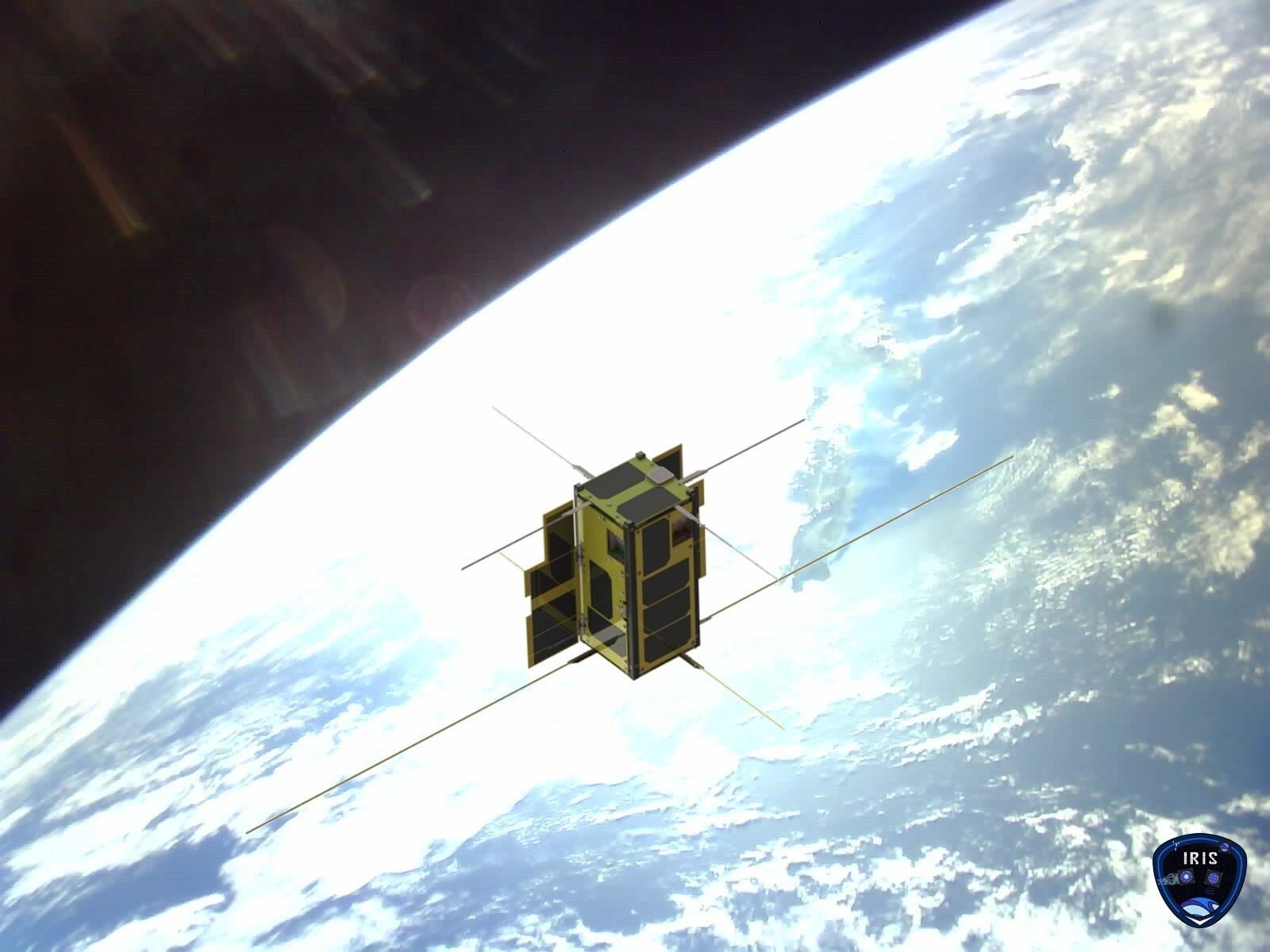
An illustration of the IRIS-A satellite operating in space
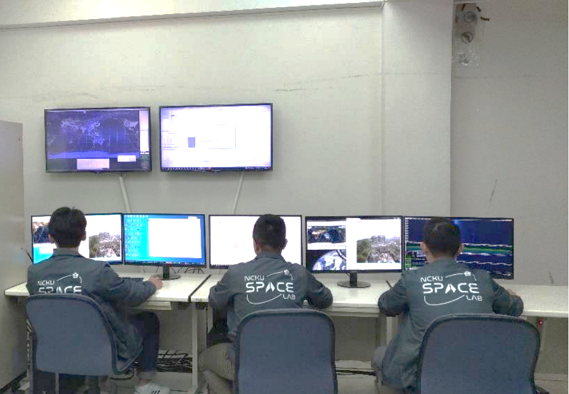
The NCKU CubeSat team conducting satellite communication operations
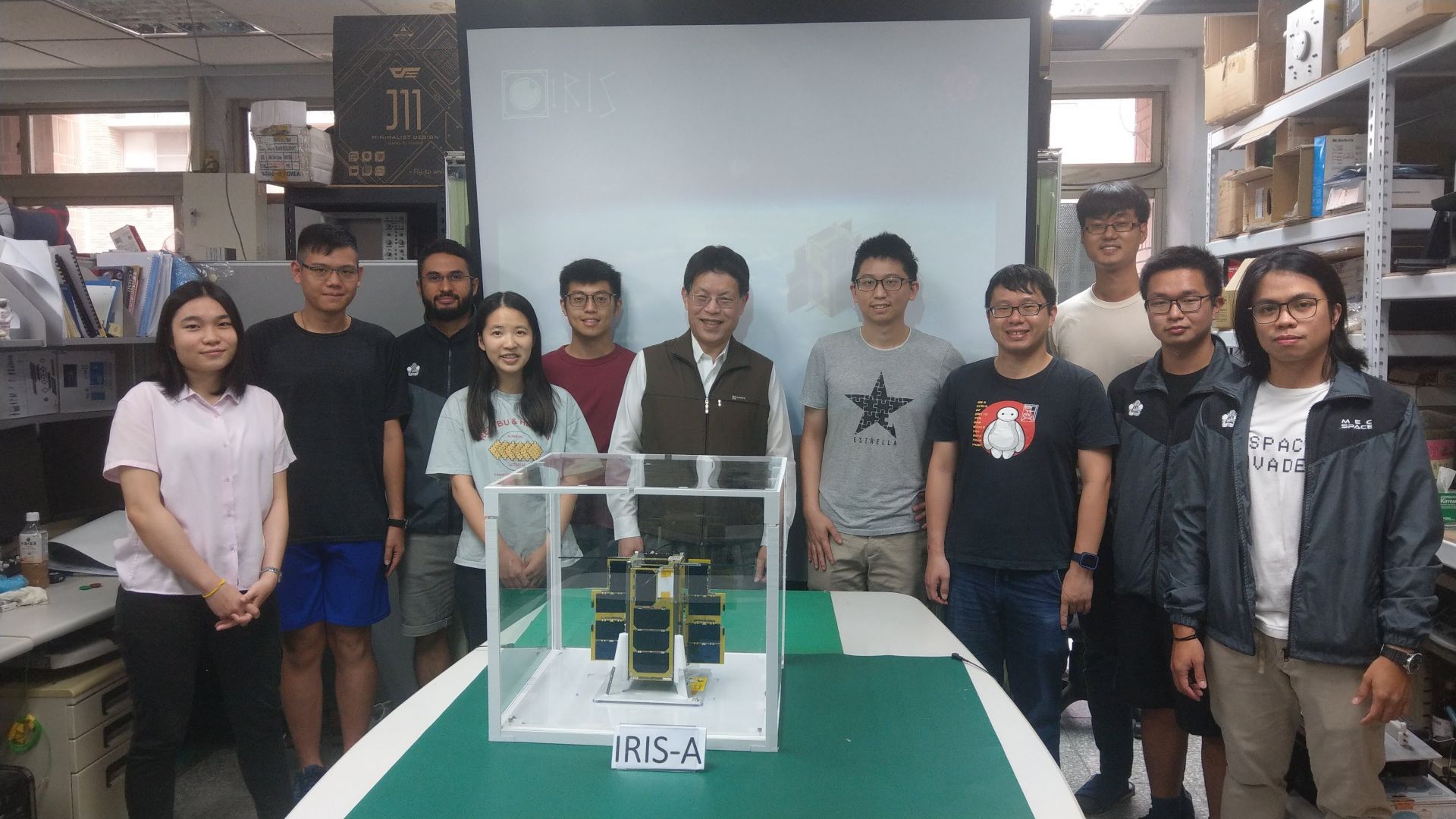
Professor Jyh-Ching Juang (center) from the Department of Electrical Engineering leads the NCKU international team in developing the "IRIS-A" CubeSat





